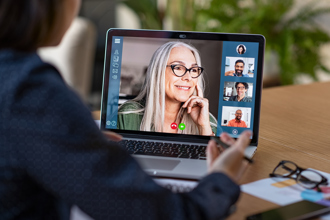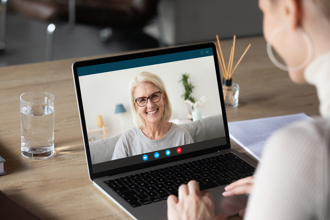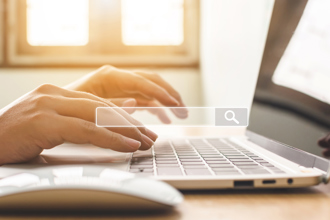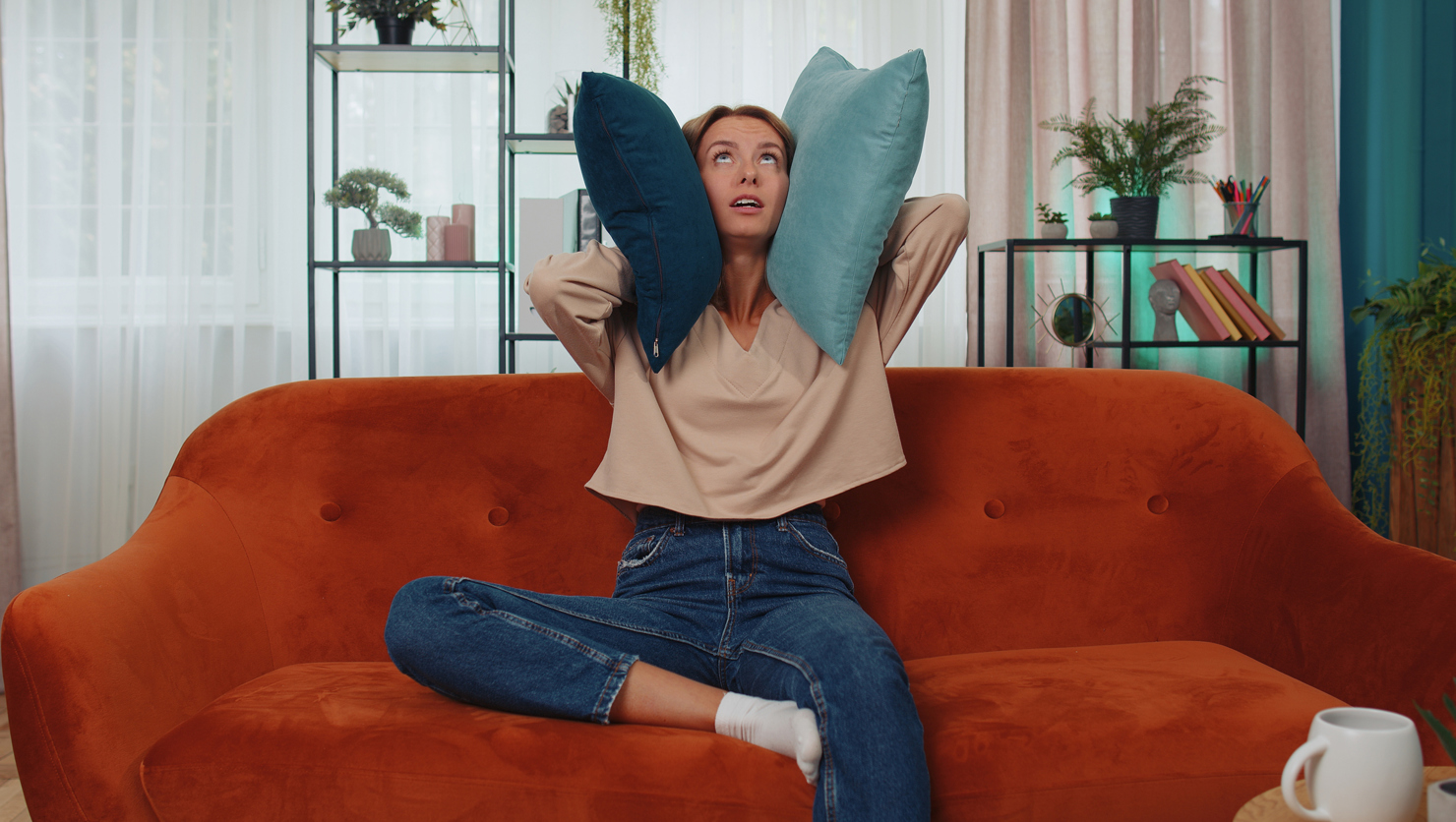
Noise-related hearing damage can happen in an instant. For instance, the sound of a gunshot firing or fireworks exploding at close range can cause immediate, permanent hearing damage. Repeated exposure to loud noise – such as jackhammers at construction sites, heavy machinery in factories, and listening to music at unsafe volumes – may also result in hearing loss over time.
Exposure to loud noise kills the nerve endings in the inner ear, which can cause noise-induced hearing loss (NIHL) and tinnitus (ringing, roaring, or buzzing in the ears). The louder the sound, the faster it can damage your hearing, and repeated, long-term exposure to loud sounds will result in more dead nerve endings. Once nerve endings die, they can never be restored, resulting in permanent hearing loss.
Unfortunately, 1 in 4 U.S. adults ages 20 to 69 already show signs of hearing loss due to noise overexposure. But the good news is that hearing loss caused by noise is preventable – with the right protection and strategies. This blog will spotlight common causes of noise-related hearing loss and explain the benefits of hearing protection.
When Do You Need Ear Protection?
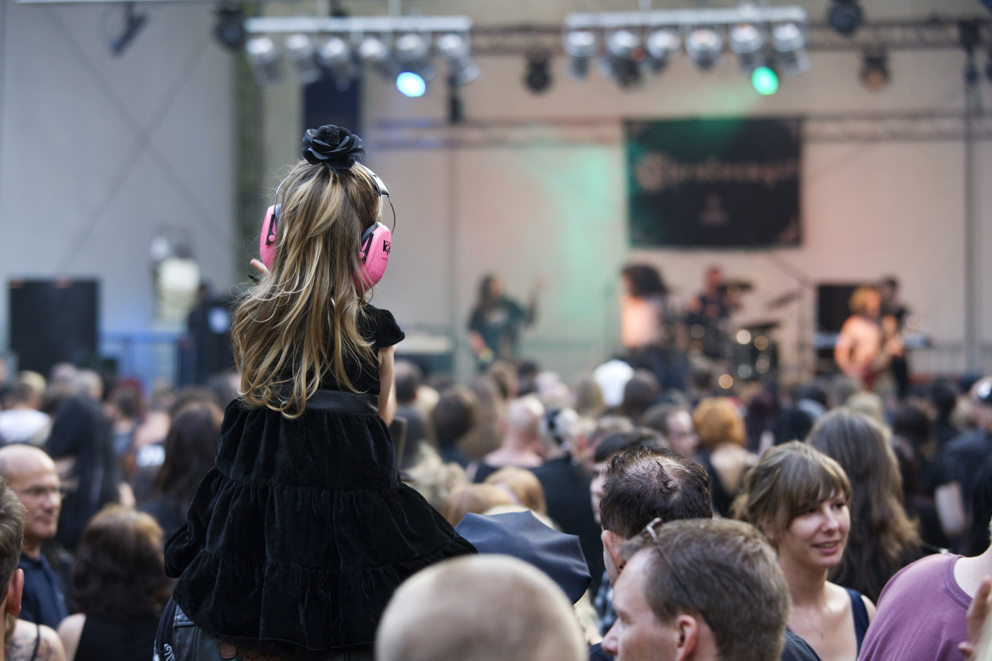
Ear protection should be worn when you’re around loud noises, especially sounds that are greater than 85 decibels, the limit our ears can safely tolerate. Ear protection will lower the volume, protect your ears, and help preserve your hearing.
Hearing protection is necessary in loud environments, especially around excessive noise for an extended period. Some scenarios that require hearing protection include:
At Concerts And Listening To Loud Music
Live music concerts are loud enough to damage your hearing. Typically, music played at a live event is around 110-120 dB, which is louder than the 85 dB threshold for safe sound. Also, consider how long you’ll be exposed to the excessive noise. Concerts often run several hours or more, exposing performers and attendees to loud sounds for an extended period.
It's essential to wear hearing protection – such as ear plugs and noise-reducing headphones – at concerts, whether you’re rocking out in the audience or performing on stage. Remember that many musicians tour for months at a time, which means repeated, long-term exposure to loud music. Attendees can also lower their risk for hearing loss at loud concerts by standing far away from the stage and speakers, as distance from the sound source can reduce decibel levels.
A recent study showed that more than 1 billion young people risk hearing loss from exposure to music at unsafe volumes, particularly when using headphones or earbuds. According to BMJ Global Health, this is equal to half the population ages 12 to 34.
This research backs up an earlier study from the Centers for Disease Control and Prevention that found noise-related hearing loss to be widespread in the United States, affecting between 10 million and 40 million people. These experts described it as a “significant, often unrecognized health problem.”
Hearing care professionals say that when using earbuds or headphones, it’s good practice to take them out and hold them out to arm’s length. If you can still hear the music clearly, even at arm’s length, it’s too loud.
While young people often feel invincible, it’s important to make them understand the importance of good hearing health. Hearing loss in children and teens can lead to poorer academic performance as well as reduced motivation and concentration.
For adults, unresolved hearing loss is linked to mental health decline, including depression, dementia, and other cognitive impairments. Your hearing won’t come back once you’ve lost it, so protect yourself or you could have hearing loss for the rest of your life.
At Noisy Work Environments
An estimated 22 million workers are exposed to potentially damaging noise at work each year. In fact, occupational hearing loss is one of the most common work-related ailments.
Millions of people need hearing protection at work (as well as in other loud environments). Whether you work on a farm, in construction, or a factory, you’re exposed to loud noise for prolonged periods of time and must properly protect your ears.
Hearing loss is preventable, but it requires good, mindful behaviors, like regularly wearing ear protection. Employees that work in loud environments (e.g., air traffic controllers, factory and construction workers, members of the military working with firearms or aircraft, race car drivers, etc.) should get in the habit of wearing ear protection at work to protect their hearing. For instance, construction and factory workers need ear protection to block out the loud equipment, and air traffic controllers need ear protection on the tarmac since they’re around loud planes.
Case Story
Hoyrnin Uses Auditdata’s Solutions to Monitor Employee Hearing
Hoyrnin’s owner/head audiologist Jutta Helgadóttir uses Auditdata’s solutions to improve the entire customer journey. She has secured agreements with local companies, including the largest bank on the Faroe Islands to monitor employee hearing health.
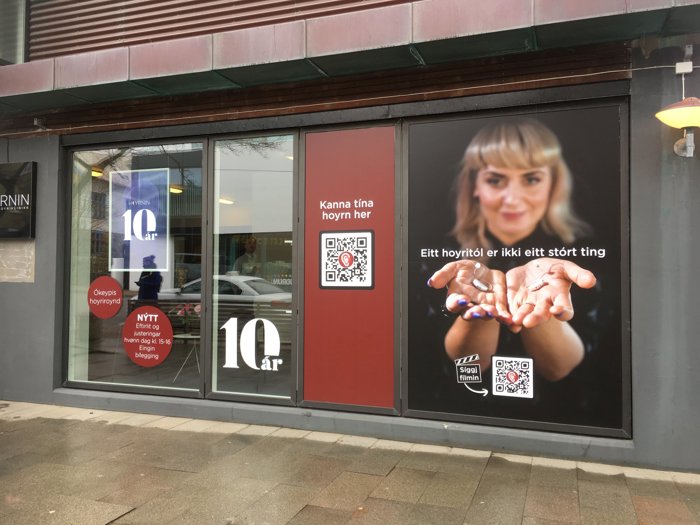
Other Loud Environments
There are a variety of activities that are loud enough to damage your hearing if you’re not wearing proper protection. For instance, wear hearing protection when driving a motorcycle, tractor or all-terrain vehicle, operating heavy machinery, attending or participating in auto races, using firearms at a shooting range or while hunting, and setting off fireworks.
How Loud Sounds Damage Hearing
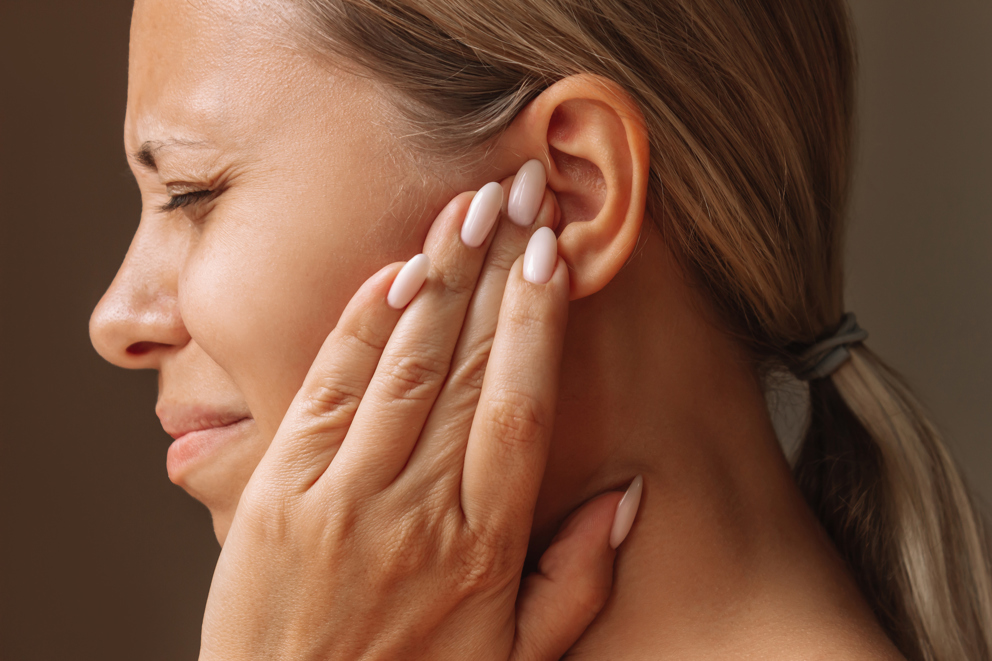
Sound is made up of vibrations that strike the eardrum to make it move. The eardrum then makes the middle ear bones move, sending energy into the cochlea of the inner ear. There are tiny cells within the cochlea called hair cells because of the hair-like structures (called hair bundles) on top of them. Each ear has 18,000 hair cells, which are so tiny they could all fit on the head of the pin. Sounds move the hair bundles, which changes the movement into electrical energy, stimulating the auditory nerve. The signal travels up the nerve to the brain, which recognizes the sound. These hair cells are critical to hearing. Too much sound results in too much movement, which pushes the hair cells over, and loud, prolonged noise can cause the hair cells to break off. When many hair cells are damaged, the whole cell dies, leading to hearing loss.
Imagine that hair cells are a patch of grass. When you walk lightly and infrequently across that patch of grass, the grass bends but recovers to stand up straight again. But if you march heavily and frequently across the grass – or you drive a heavy vehicle over it – not all the grass will be able to withstand the trauma, and many blades will be broken. Just as the vehicle can irrevocably damage the blades of grass, loud sounds can similarly damage the hair cells within the ear. The death of the cell is permanent, as no hair cells will grow back to replace the broken ones. When you lose enough of those cells, you’ll wind up with permanent hearing loss.
Therefore, it’s critical to protect the hair cells so they’ll last for a lifetime. Even if you have some hearing loss, protect your ears so you don’t lose even more hair cells and, subsequently, more hearing.
Tinnitus: hearing ringing or whistling sounds
Have you ever been to a loud rock concert, standing close to the stage, and then had ringing in your ears for several hours afterwards? That’s called tinnitus, and some people experience this condition before they even notice a hearing loss. While many people experience a ringing sensation associated with tinnitus, some people hear other sounds – including hissing, roaring, whistling, chirping or clicking. In fact, 40 to 50 million Americans have tinnitus, and for 25% of those people, the condition is so severe or long-lasting that they need medical help.
How to Protect Your Ears (& Your Hearing) At Loud Working Environments
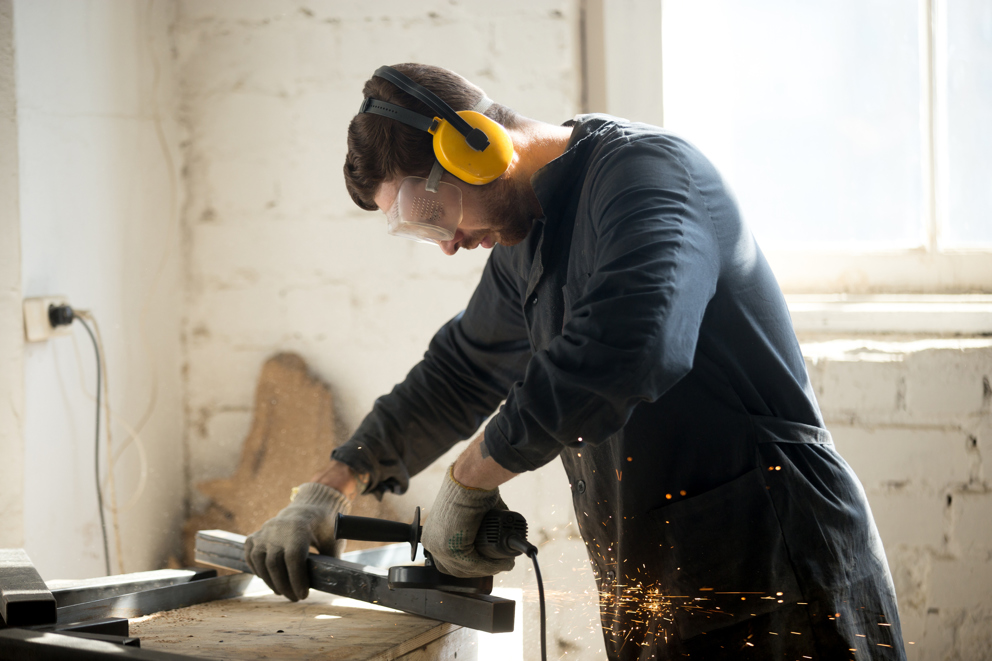
While you might be able to walk away from a speaker at a loud concert and turn down the music on your smartphone, it’s harder to avoid excessive noise at work when your job involves loud machinery. And while a concert lasts for a few hours, the workday is usually eight hours (or more), which means you’re being exposed to longer, more frequent, and consistent noise.
The Occupational Safety and Health Administration (OSHA) has put regulations in place for companies to protect their employees and reduce the risks of noise-related hearing loss. For instance, employers are supposed to do the following to reduce or eliminate employees’ exposure to noise:
- Provide hearing protection devices for employees to wear in loud environments. (Per OSHA, employers must provide free hearing protectors to all employees exposed to noise at 85 decibels or higher and replace hearing protectors, as needed.)
- Operate noisy machines during shifts when fewer people are exposed.
- Limit the amount of time employees spend near loud noise sources.
- Provide quiet areas where workers can get a break from the noise.
- Control noise exposure through distance, whenever possible.
Auditdata Engage
How To Get Started With Monitoring Employee Hearing Health
Our iPad-based Hearing Screener, Engage is the perfect solution for monitoring hearing loss in workplaces like construction, manufacturing, transportation, and the military, where individuals are frequently exposed to high noise levels.
Other Blogs You Might Enjoy:
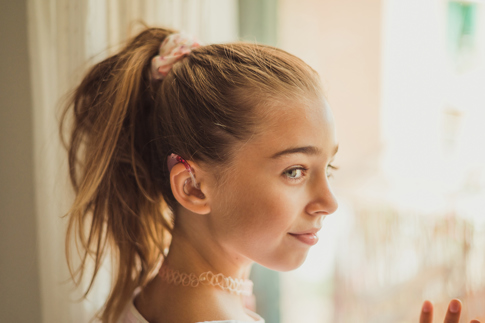
Unveiling the Age Bias & Adding Diversity in Hearing Aid Advertisements
Hearing aid advertisements often feature older, Caucasian people passively sitting in chairs while wearing their hearing aids, which feeds into negative stereotypes about hearing loss. To change the perception of hearing loss – and show that it happens to people of all ages, races, backgrounds, etc. – advertising and marketing efforts must become more inclusive. Read this blog for tips on how to accomplish this.
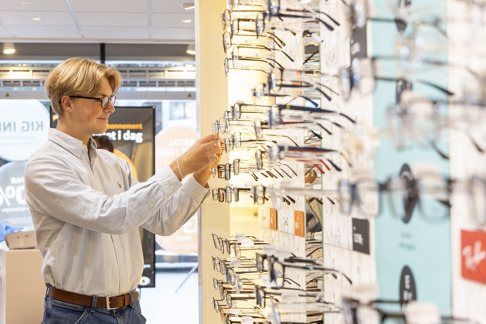
Exploring the Double Standard of Hearing Aids and Glasses
Why is there a stigma around wearing hearing aids, but not around wearing glasses? Eyeglasses were once a sign of age and impairment – remember the cruel old taunts of “four-eyes” – but are now seen as cool and trendy. Hearing aids should have a similar evolution: from stigmatizing burden to innovative, wearable tech.
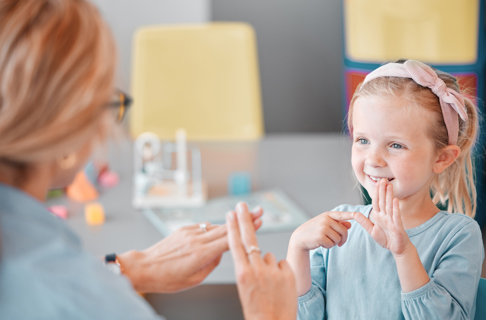
How To Recognize & Address Hearing Loss in Kids and Teens
Is your baby not startled or upset by sudden loud noises? Does your toddler not respond when you call their name? Does your child or teen ask you to repeat yourself often? These could be signs of a hearing loss. It’s important to address (and resolve) hearing issues promptly, as an untreated hearing loss can interfere with your child's ability to learn, socialize, and communicate. This blog outlines signs that your child might have a hearing loss and explains what to do about it.
Resources
⭐️ Auditdata Engage - iPad-Based Hearing Screener
⭐️ Occupational Noise Exposure
⭐️ Occupational Noise Exposure
⭐️ Vital Signs: Noise-Induced Hearing Loss Among Adults — United States 2011–2012
⭐️ More than 1 billion young people could be at risk of hearing loss
⭐️ Hear All the Sounds We Love, for Life
⭐️ The National Institute for Occupational Safety and Health (NIOSH)



